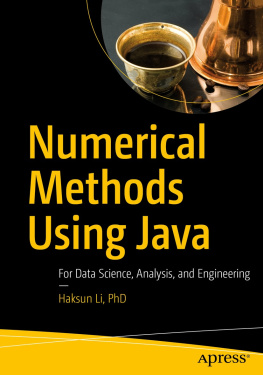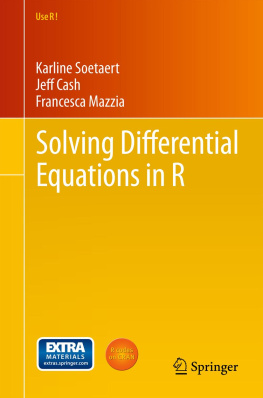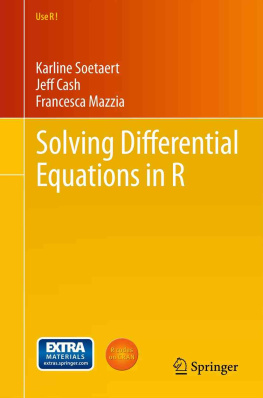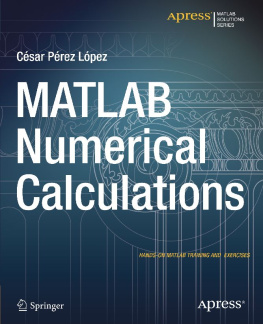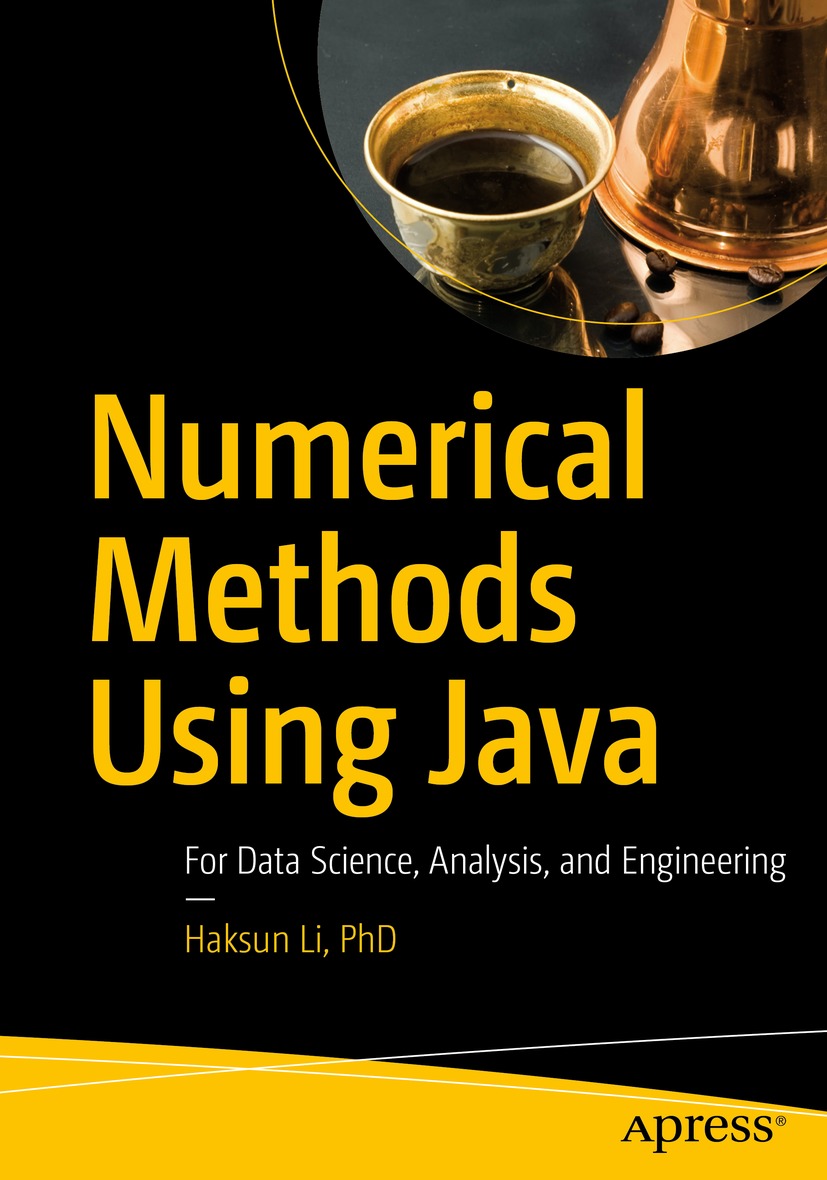Haksun Li, PhD
Hong Kong, China
ISBN 978-1-4842-6796-7 e-ISBN 978-1-4842-6797-4
https://doi.org/10.1007/978-1-4842-6797-4
Haksun Li, PhD 2022
This work is subject to copyright. All rights are reserved by the Publisher, whether the whole or part of the material is concerned, specifically the rights of translation, reprinting, reuse of illustrations, recitation, broadcasting, reproduction on microfilms or in any other physical way, and transmission or information storage and retrieval, electronic adaptation, computer software, or by similar or dissimilar methodology now known or hereafter developed.
The use of general descriptive names, registered names, trademarks, service marks, etc. in this publication does not imply, even in the absence of a specific statement, that such names are exempt from the relevant protective laws and regulations and therefore free for general use.
The publisher, the authors and the editors are safe to assume that the advice and information in this book are believed to be true and accurate at the date of publication. Neither the publisher nor the authors or the editors give a warranty, expressed or implied, with respect to the material contained herein or for any errors or omissions that may have been made. The publisher remains neutral with regard to jurisdictional claims in published maps and institutional affiliations.
This Apress imprint is published by the registered company APress Media, LLC part of Springer Nature.
The registered company address is: 1 New York Plaza, New York, NY 10004, U.S.A.
Preface
When I was a boy, I liked to organize my notes of the math I was learning. I did not really like math (or any studies) at all until I met my first math teacher who enlightened me. It was Professor Bn H () who showed me how interesting math could be and taught me math at the Sun Yat-sen University in the summers when I was in junior high school. To him, I am forever grateful. Mathematical training shaped the way I think and opened the door to learning well other science subjects like physics. Those summers changed my life from being a mediocre student to a top student.
I found mathematics interesting because there are structures in numbers. For example, prime numbers build all numbers; there are no holes in the real number line. And there are so many ways to prove the same thing, e.g., the Pythagorean theorem. There are again structures and relationships among geometric shapes, as well as between shapes and numbers. It is fascinating why there should be. I thought I was pretty good at mathematics until my first year taking an honors class in real analysis at the university. Some of my classmates were just way beyond my league. I did not see myself becoming a mathematician, so I switched to computer science in graduate school thinking that it might be easier.
Studying computer science is never about learning how to do programming. It turned out that I was a pretty good coder, or so I thought, after coding C++ almost a decade in universities. I had the good aptitude of spending hours and even days doing nothing other than debugging a segmentation fault, fixing a memory leak, or comparing numbers down to the last decimal place. (I still remembered when it took me three days to figure out a very obscure bug at UBS.) It turned out that I was ignorantly over-confident when my first mentor introduced design patterns to me. Dr. Anil Kumar asked me to design a singleton during a job interview and guided me through designing the double-checked locking pattern. Luckily, he still hired me onto his team for my first job. I am thankful for his training, guidance, and mentorship that jump-started my career of becoming a professional quantitative trader.
My training in mathematics and computer science with specialization in artificial intelligence has been powering my career as a quantitative trader and applying mathematics to solve business problems. It is a rare combination of skills. Most mathematicians cannot code (Excel/MATLIB/R is not really professional coding), and most programmers do not read mathematics. We often needed to translate R code into Java code and back and forth between the mathematicians who created the trading models and the programmers who implemented them in an order-execution system. So, one day I woke up to decide to make myself useful by creating a programming library of mathematics, using both of my skills. This is kind of a continuation of my childhood hobby of organizing math notes, because now I am organizing math algorithms in a more useful form. The objective is that quantitative programmers can code mathematics in the same language that they use to build the applications. There will be no more lost in translation.
I was lucky to hire Dr. Ken Yiu in 2007, starting out as an intern and then going full-time, who is a cofounder of the startup. Ken is the best software engineer I have ever met. He is smart, quick-witted, careful, and above all responsible. I cannot thank him enough for traveling with me through this adventure of learning and building the math library, trading strategies, and systems. He has taught me a lot about computer science and programming.
In 2008, Dr. Kevin Sun joined the team as an intern. I was fortunate to have Kevin later join the startup as another cofounder. He is now the brains behind our team and is the key person creating many mathematical models in trading and gambling. He has excellent mathematical thinking and problem-solving skills. I am still impressed by how he could back then (and still can) solve in a nice and elegant way just about every problem we threw at him. He always saves the team before deadlines with his incredible math and R skills. He has taught me a lot about mathematics and statistics.
Also, I am forever grateful to my brother, Kevin, for all his moral support, teamwork, contributions, encouragements, advice, connections, precious time, and financial assistance through all the ups and downs, laughs and tears, and hopes on this journey with me. Nothing would have been possible without his tremendous effort and resources. I thank God for having him in life.
This is the story how NM Dev, the math library, started. Today, the library has been adopted by some big-name commercial organizations as well as academic institutions. NM Dev is the cornerstone of all the work that we do. We build trading strategies, financial analytics (AlgoQuant), fixed-income analytics (SuperCurve), data-driven decision-making systems (NM Optim), and high-performance solvers and optimizers (NM Solver) based on this Java numerical programming library.
Any source code or other supplementary material referenced by the author in this book is available to readers on GitHub via the books product page, located at www.apress.com/9781484267967. For more detailed information, please visit www.apress.com/source-code.

